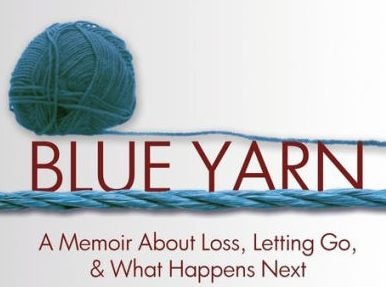The Postscript: Sea shanties take on new meaning, life
Published 2:25 pm Friday, February 19, 2021
|
Getting your Trinity Audio player ready...
|
I am not exactly a connoisseur of contemporary culture.
I haven’t seen the latest series on Netflix or anything else. I don’t follow Twitter or Snapchat or Instagram. But somehow, a TikTok phenomenon came to my attention that I found too delightful to ignore.
Sea shanties are all the rage among Generation Z.
“Sea shanties?” I thought. “That can’t be right.”
But I checked it out and, yes, teens and young 20-somethings are singing sea shanties on TikTok, and listeners add their own harmonies and instrumentation. The arrangements get more and more interesting and complex as they are passed around the globe.
I can’t help feeling that a lot of long-dead sailors would be very pleased.
I’ve never been a fan of whaling songs. I famously boycotted the singing of one in my elementary school music class. But these TikTok shanties don’t seem to be as bloody as the ones sung in second grade. If there is a whale mentioned at all, it frequently wins, dragging the sailors down with it into the deep sea, never to be seen again. Most of the songs are about loneliness and danger and the endless waiting for supplies to come. “Sugar and tea and rum,” it seems, are always in short supply.
The fellow who kicked the latent love of sea shanties into high gear is an unassuming young postal worker from Scotland named Nathan Evans. He and his new bride are living in a relative’s spare bedroom and, when not delivering parcels, he has been putting music videos online. He was more surprised than anyone when one of them, a song originating from New Zealand in the 1850s, went viral.
Within days, his song was heard by millions, and dozens of variations and embellishments had sprung up online, as more sea shanties were recorded every day. I love the idea that these songs, which predate recording, are making a comeback. But I have to wonder why these historic maritime songs have captured the collective imagination of young people today.
Maybe being in the midst of a pandemic that drags on, confined to close quarters, with the world seeming more than usually unknowable, these 20-somethings feel a bit like lost sailors, battling the ravages of a storm-swept sea. Maybe there is a bit of nostalgia for a time when songs served as a rare means of connection, proliferating in the 1800s as they do on TikTok today, traded in ports and spread around the world.
Whatever the reason, the result is great fun. I occasionally post a new sea shanty on Facebook, which my aging peers completely ignore. (That’s OK. I figure you have to be a little hip to enjoy 200-year-old sailing songs.)
I’m mesmerized by the earnest faces of these young singers from all over the world, most of them trapped in the bedrooms of their parents’ homes. I watch them belting out these tunes, singing about a time that predates their great-grandparents, filling these songs with a new life and meaning and making them their own.
It somehow makes me optimistic. It makes me believe that beautiful things find a way to survive, that good stories will keep being told, and that the hardships we endure are never completely forgotten as long as there are stories and music.
Mr. Evans was asked why he thought his song had struck such a chord at this particular time. “Maybe it’s giving everybody that sense of unity and friendship that we’ve all been missing for about a year now,” he said.
I think he may have nailed it.
Till next time,
Carrie
Carrie Classon’s memoir is called, “Blue Yarn.” Learn more at CarrieClasson.com.







